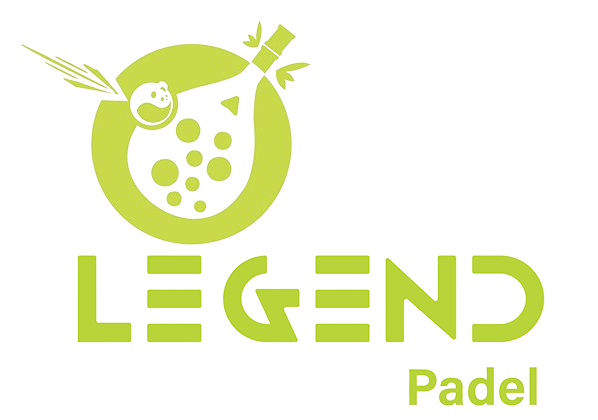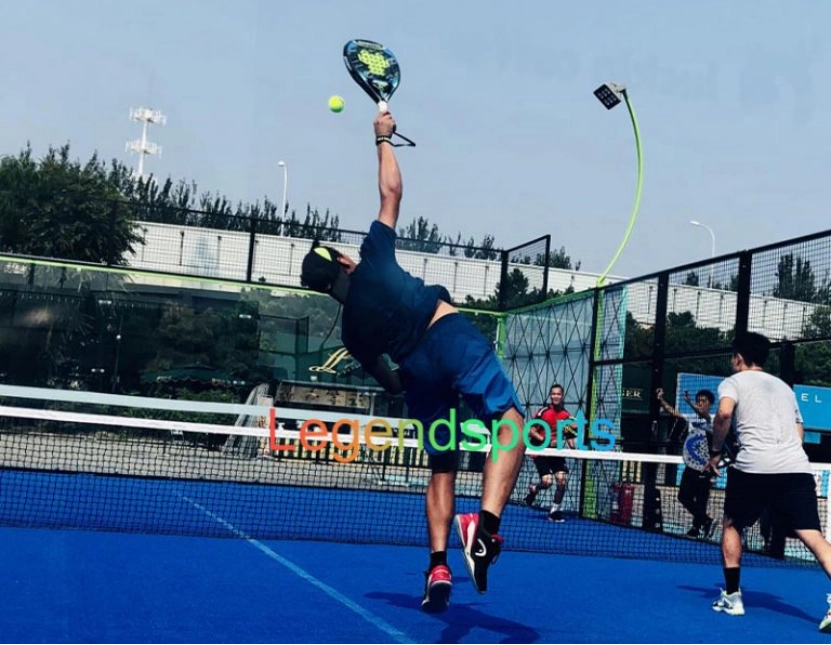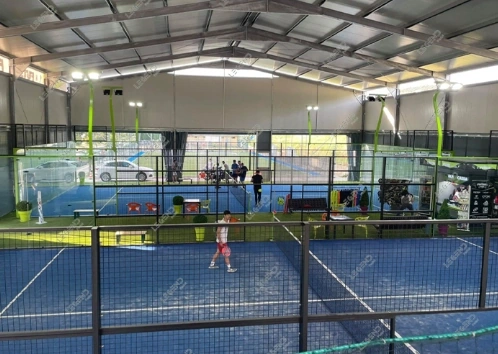An Overview of Paddle Court
Paddle tennis has become a very popular engaging nature. An important component of this project is a high-end paddle court. On average, a paddle court is 20 meters long and 10 meters wide to provide an ample area for the players to have major strategic plays in the game. The paddle court is created from premium materials and is built to withstand the demands of play with a slick artificial turf that improves grip and player performance. Enclosed with glass walls, these courts give us a peek into how scale and form affect athleticism in multiple dimensions of playing, which is both an aesthetic high as well as practical.
How Court Size Influences Gameplay
Space for Strategic Play and Power Shots
The dimensions of a paddle court play a critical role in shaping the dynamics of the game. With a standard court size, players experience a balance between strategic positioning and the opportunity to execute powerful shots. The spacious design allows for a variety of playing styles, enabling players to incorporate finesse and aggression into their game. The length and width of the court also dictate the ability for players to cover ground effectively, ultimately influencing their overall performance.
When court dimensions are altered, the gameplay adjusts accordingly. For instance, a narrower court may promote a more aggressive style, while a larger court encourages players to develop their strategic shot placement and movement. Players who adapt to various court sizes can broaden their skill set and enhance their adaptability within the sport.
Tactical Advantages of Different Court Sizes
Different paddle court dimensions can present tactical advantages that players can leverage during matches. For example, a standard-sized court allows for the development of gameplay strategies that involve extensive rallying and placement, which may favor players who excel in endurance and shot precision. Conversely, playing in a smaller court can benefit aggressive players who favor quick exchanges and strategic net play, allowing them to capitalize on their opponent’s weaknesses.
Additionally, tournaments held on varying court sizes can impact player preparation and performance. Understanding how to navigate different dimensions can be an integral part of training for competitive play, as adapting tactics to the court setup can provide players with a significant edge over their competitors.
Impact on Training and Skill Development
Adapting Training Programs to Fit Different Court Sizes
Training regimens tailored to specific paddle court dimensions can greatly enhance a player’s skill development. Coaches can design drills and exercises that focus on unique aspects of gameplay dictated by the size of the court. For instance, on smaller courts, agility and quick reflexes may be prioritized, while training on standard courts can incorporate endurance drills and complex movement patterns.
Competitions staged on various court sizes require adaptability from players, making it essential for training routines to reflect this variability. By rotating between different dimensions during training sessions, players can cultivate a well-rounded skill set that prepares them for any type of paddle court situation they may encounter in tournaments.
Benefits for Coaches and Players Utilizing Various Dimensions
Utilizing a range of paddle court sizes in training not only benefits players but also presents an excellent opportunity for coaches to enhance their coaching tactics. Different dimensions encourage experimentation with various techniques, allowing coaches to develop their strategic guidance based on specific court characteristics. Understanding players’ strengths and weaknesses relative to court size can lead to more personalized coaching.
Furthermore, players who train on diverse court sizes can develop mental flexibility and a broader understanding of the game. This variety prepares players for the nuances they may face in competition, ultimately producing versatile athletes who can adjust to the evolving challenges of paddle tennis. Coaches can track players’ progress across different court setups, providing invaluable feedback that fosters continuous improvement.
In conclusion, recognizing the significance of paddle court dimensions is crucial for maximizing performance in paddle tennis. By understanding how different court sizes affect gameplay dynamics, strategic planning, and skill development, players and coaches alike can enhance their approach to training and competition. Emphasizing adaptability and strategic thinking, athletes can utilize every dimension of the paddle court to their advantage, ultimately leading to peak performance in the sport.
Materials and Construction of Paddle Courts by Legend Sports

Glass Walls and Steel Structure Specifications
The materials used in the construction of paddle courts significantly enhance both safety and performance standards. A common feature in modern paddle courts is the inclusion of tempered glass walls. These walls are typically 12mm thick and meet European standards (EN12150-1), providing a durable barrier that can withstand high-intensity play while ensuring clear visibility for spectators. The transparent glass also allows for an unobtrusive view of the game, adding to the overall aesthetic appeal of the court.
In conjunction with the glass walls, the structural framework of the paddle court is supported by a steel structure made from high-quality raw materials. This ensures the court can endure the rigors of frequent use, maintaining its integrity over time. Specific technology is implemented to optimize the construction process, such as panoramic padel court, contributing to the overall stability and longevity of the court. Additionally, the sleek, polished surface of the steel framework not only offers a modern aesthetic but also reduces maintenance needs, allowing facilities to focus on enhancing their paddle tennis offerings.
Flooring Options: Ensuring Optimal Traction and Durability
The floor of Paddle Tennis Court is one of those factors which makes a definite contribution in player performance and protecting them from injuries. Most are astro-turf, around 12mm high to provide an ideal level of grip for the dedicated and robust play they will endure. Ideal for athletes in high energy workouts as this type of floor gives impact protection.
The paddle courts are one of the most used areas of any township, hence durability too has to be taken in context. And so the flooring materials must be built to take a lot of abuse, while still looking and performing like new. Courts may also add extra material to maximize shock absorption and keep things in place. That keeps players fresh and healthy, and making the maximum contribution in games.
Lighting Solutions for Enhanced Visibility
Illumination is a crucial aspect of paddle court design, especially during evening or indoor matches. Effective lighting solutions not only enhance visibility but also contribute to a premium playing experience. Modern paddle courts often feature LED lighting systems, providing bright and even illumination across the entire playing surface. With 200W power capacity achievable via multiple light fixtures, courts are well-lit, minimizing shadows and enhancing players’ ability to track the ball effectively.
The strategic placement and wattage of the lighting fixtures are essential in preventing glare, which can be distracting or hindering for players. Well-designed lighting systems also allow for energy efficiency, ensuring that powering the lights remains sustainable for facilities. Moreover, advanced lighting designs can integrate variances for training purposes and match play, allowing for tailored lighting based on specific needs.
Conclusion: The Future of Paddle Courts
As paddle tennis continues to grow in popularity, the evolution of paddle court design remains integral to the sport’s future. Understanding the impact of materials and construction specifications is essential in delivering a premium playing experience that meets the expectations of athletes and spectators alike. The combination of tempered glass, durable steel structures, traction-optimizing artificial turf, and innovative lighting solutions highlights the commitment to quality that players require.
Moving forward, we can hope to see manufacturers like Legend Sports continue to push the boundaries and bring out ever more advanced paddle court options to meet the array of requirements players have. Trends such as mobile courts, smart technology integration, and modular constructions are subtly but surely showing the changing tides of the sport. Building upon a burgeoning concept, an investment into complete court designs with performance, safety and aesthetics at the core could open up unimagined potential for paddle courts to create better competitive play and ultimately further increase player satisfaction, making our sport in general more healthy.





